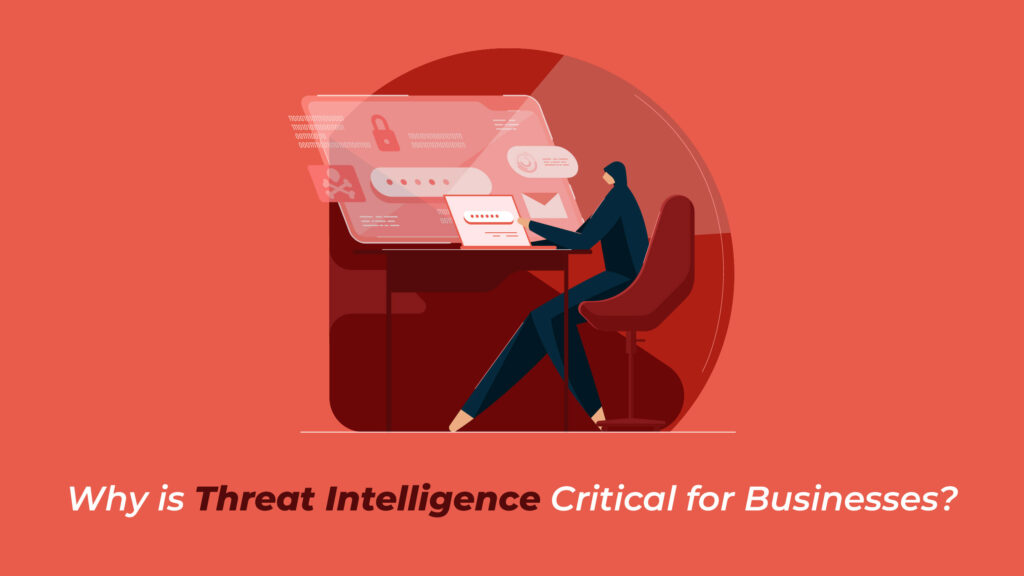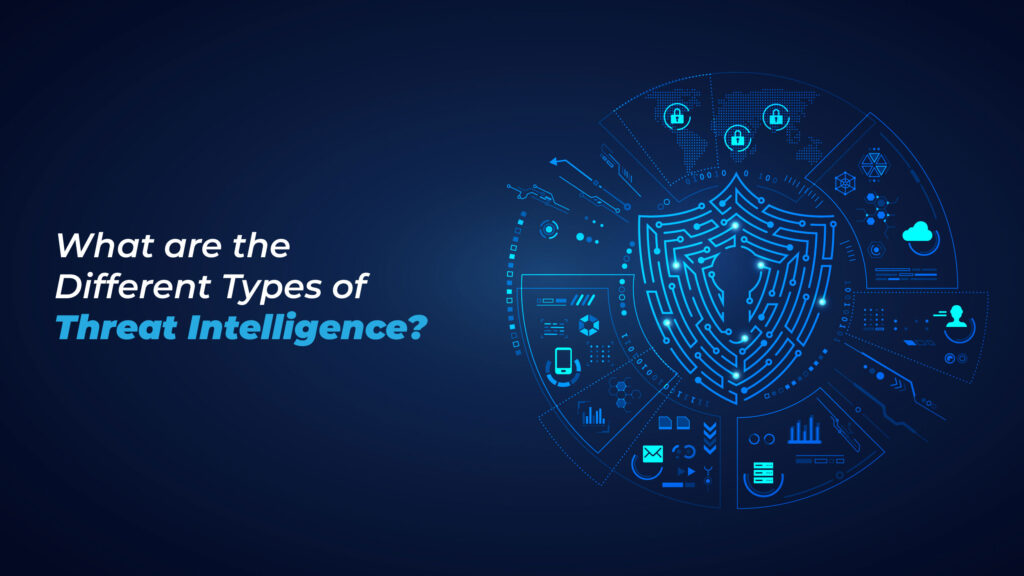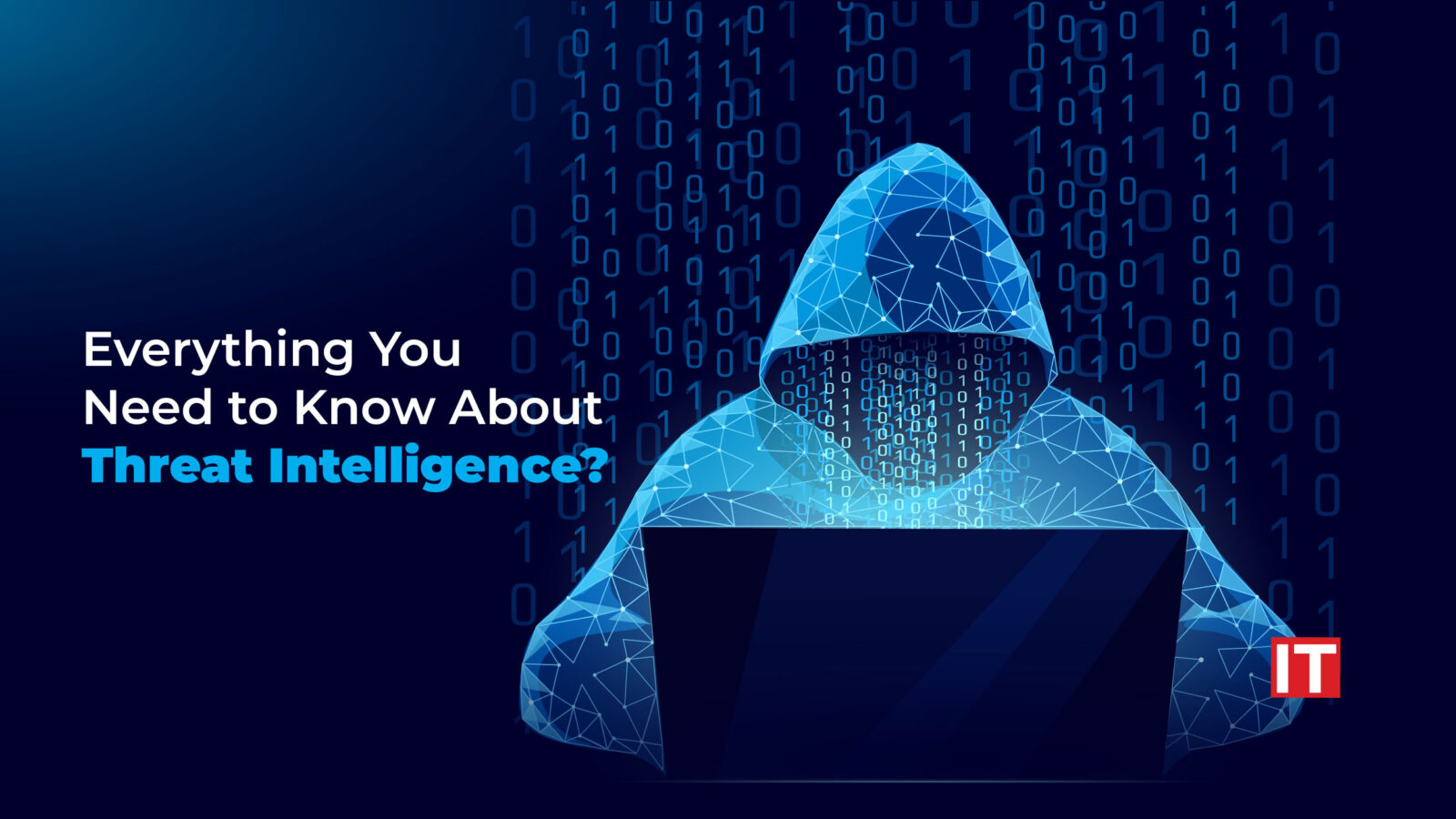Today, digital technologies are at the core of almost every sector. The world’s economic and cultural institutions have undergone a revolution due to automation and increased connectivity, but these advancements also pose a risk in the form of cyberattacks. Threat intelligence, which is frequently used interchangeably with open source intelligence (OSINT), is information that enables you to stop or lessen those attacks. Threat intelligence is grounded in data and gives context, such as who is attacking you, what drives them, what tools they have at their disposal, and what signs of system compromise to look for, to assist you in making security-related decisions.
What is Threat Intelligence?
Data that is gathered, processed, and analyzed to understand the goals, targets, and attack tactics of a threat actor is known as threat intelligence. Threat intelligence empowers us to take quicker, more data-driven security decisions and shift from reactive to proactive behavior in the face of threat actors.
What is Threat Intelligence in Cybersecurity?
Increasingly persistent and cunning threat actors, a daily data influx full of irrelevant data and erroneous alarms across numerous, interconnected security systems, and a critical scarcity of skilled people are just a few of the difficulties the cybersecurity industry is currently facing. Additionally, organizations now face larger-than-ever attack surfaces that need to be understood and secured. Organizations must comprehend the economic risk from cyber attacks, physical security breaches, operational interruptions, attacks on their reputation, and other threats because threats don’t only come from one direction.
“Threat intelligence is evidence-based information on an ongoing or potential threat or risk to assets, including context, mechanisms, indicators, implications, and actionable advice. The subject’s response to that threat or danger can be determined using this intelligence.” –Gartner
Why is Threat Intelligence Critical for Businesses?

The cybersecurity sector is currently faced with a number of difficulties, including persistent and cunning threat actors, a daily data influx full of irrelevant information and erroneous alarms across several, disconnected security systems, and a critical scarcity of qualified specialists. Additionally, the attack surfaces that organizations must comprehend and safeguard are larger than before. Threats don’t only come from one direction; businesses need to be aware of the business risk posed by cyberattacks, physical security breaches, operational interruptions, and other threats.
Some companies attempt to integrate threat data streams into their networks, but they are unsure of what to do with all that extra information, which increases the workload for analysts who might not have the resources to choose what to prioritize and what to disregard.
Each of these problems can be solved with a threat intelligence solution. The best solutions combine machine learning with other techniques to automate data gathering and processing, integrate with your current solutions, gather unstructured data from various sources, and then make connections by supplying context on indicators of compromise (IoCs), and the tactics, techniques, and procedures (TTPs) of threat actors.
Threat intelligence is actionable because it is timely, gives context, and can be understood by decision-makers.
Threat intelligence is important for the following reasons:
- reveals the unknown, allowing security professionals to make more informed decisions
- provides stakeholders in cyber security with more leverage by exposing the goals and TTPs of the adversary
- helps security experts comprehend how threat actors make decisions
- enables key corporate stakeholders, including executive boards, CISOs, CIOs, and CTOs, to invest intelligently, reduce risk, increase efficiency, and take quicker decisions.
Who Benefits from Threat Intelligence?
Threat data can be processed by threat intelligence to enable organizations of all sizes better understand their attackers, respond to incidents more quickly, and anticipate a threat actor’s next move. This information gives SMBs access to a degree of security that would otherwise be inaccessible. On the other side, by utilizing external threat intelligence and improving the effectiveness of their analysts, businesses with huge security teams can lower the cost and necessary skills.
Threat intelligence benefits every member of a security team in a variety of ways, including:
- Sec/IT Analyst
- SOC
- CSIRT
- Intel Analyst
- Executive Management
Threat intelligence connects with the security solutions you already use, helping to automatically prioritize and filter alerts and other threats. Security operations teams are frequently unable to analyze the alerts they get. With access to the external perceptions and context offered by threat intelligence, vulnerability management teams may more precisely prioritize the most crucial vulnerabilities. Additionally, the comprehension of the current threat landscape that threat intelligence offers, including significant insights on threat actors, their tactics, techniques, and procedures, as well as more from data sources across the web, enriches fraud prevention, risk analysis, and other high-level security processes.
What are the Different Types of Threat Intelligence?

Depending on the stakeholders involved, the needs established, and the overarching objectives of a specific instance of the lifecycle, the threat intelligence lifecycle generates several types of intelligence. Threat intelligence can be divided into three major groups:
The security operations center (SOC) employs tactical threat intelligence to identify and address ongoing threats. It often focuses on prevalent IoCs, such as email subject lines linked to phishing attacks, file hashes linked to known malware and ransomware assaults, or IP addresses linked to command and control servers.
Tactical threat information is used by threat-hunting teams to find advanced persistent threats (APTs) and other active but hidden attackers, as well as to aid incident response teams in filtering out false positives and stopping real attacks.
Organizations can foresee and stop upcoming assaults with the aid of operational threat intelligence. Since it describes the TTPs and behaviors of recognized threat actors, including the attack vectors they employ, the vulnerabilities they exploit, and the assets they target, it is frequently referred to as “technical threat intelligence.” Information security decision-makers like CISOs and CIOs utilize operational threat intelligence to spot threat actors who are likely to attack their companies and then take security measures and other steps to stop them.
High-level information on the global danger landscape and how an organization fits within it is known as strategic threat intelligence. Strategic threat information provides CEOs and other executives, who make decisions outside of IT, with knowledge of the cyber threats that their companies must deal with. Typically, strategic threat intelligence focuses on topics like geopolitical events, cyber threat patterns in a specific sector, or how or why specific strategic assets of the organization might be attacked. Strategic threat intelligence is used by stakeholders to integrate investments in and broader organizational risk management plans with the cyber threat landscape.
What is a Threat Intelligence Platform?
A threat intelligence platform (TIP) is a technological aid created to enable defensive operations by assisting organizations in gathering, correlating, and analyzing threat data from diverse sources in real-time. TIPs have developed in response to the growing volume of data produced by internal and external sources, such as system logs and threat intelligence feeds, and they now assist security teams in identifying the dangers that are pertinent to their organization.
Some examples of threat intelligence platforms are Anomali ThreatStream, IBM X-Force Exchange, IntSights Threat Intelligence Platform, and Recorded Future Intelligence Cloud.
































